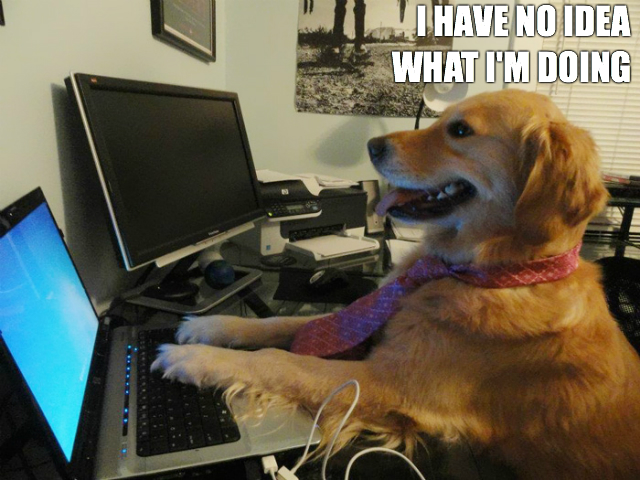You’ve secured your venue, lined up an array of amazing speakers, and executed a brilliant promotional campaign. Now what? What else could you possibly do to shine the spotlight down on your event, webinar, or press conference? Is there even anything left that might help you gain that extra oomph needed to really put your event campaign over the top?
You bet there is. You can live tweet.
What is live tweeting? Tweets are published in real-time as an event unfolds, offering an insider’s look at whatever is being tweeted about.
And live tweeting is definitely a thing. Hop on Twitter any time of day and you’ll likely find someone, somewhere, live tweeting something – an episode of Game of Thrones or The Walking Dead, a football match (that’s soccer to you U.S. readers), first-date awkwardness, and even a heart transplant.
But what about businesses – is there any real value for brands in live tweeting?
Brace Yourselves…the Live Tweets Are Coming
Absolutely. Live tweeting is a low-cost, high-impact way of gaining extra visibility and awareness for whatever it is you’re seeking to promote. It’s a great way of putting people in the moment, even if they’re not there physically. It’s also useful for attracting new Twitter followers, driving website traffic, and generating word-of-mouth buzz. Interprose frequently live tweets for its clients, for example, the IEEE Smart Grid webinar series.
However, it’s not as simple as hopping on Twitter and firing away. If you want to achieve true live-tweeting success, you’ll first need a solid strategy and some advance planning, rather than jumping in and shooting from the lip (or fingertips).
Live Tweeting 101
So, your client or boss has asked you to live-tweet an event. Now what? How do you get the ball rolling? When should you get started? Rather than look like this poor fellow here, try following these simple guidelines for live-tweeting success.

- Start by getting your ducks Twitter birds in a row. Make sure you have all of the necessary info before ever drafting a single tweet: time, date, type of event; official or custom hashtags, duration, speaker names / titles / Twitter handles, URLs, and most importantly, the login info for the account you’ll be tweeting from.
- Make sure you have a way to capturing visuals (like a tablet or other mobile device) – photos, screenshots, or videos – to spice up your tweets. Tweets that have a visual element to them see far higher engagement rates than those that don’t.
- If you’re live-tweeting a webinar, request the speaker send you the presentation and any accompanying graphics in advance. Having early access to session materials will allow you to identify key takeaways, pre-write tweets, and get images prepared to go with your tweetstream.
- For on-site live tweeting, consider using a mobile device like a tablet or cell phone to allow for a better real-time experience…as long as your device has full bars or a decent Wi-Fi connection. As my colleague Ryan Alford notes based on his own live tweeting experiences, “Taking photos and Vine videos often helps when live tweeting, but your mobile device is what will get you there.” Truth.
- If you’re looking to drive people to a specific URL, use a tagging tool like Google’s URL Builder and a link shortener for easier tracking and analysis.
- Give your audience lots of advance notice that you’ll be live-tweeting. Make sure your pre-event tweets address the “5 W’s” – who, what, where, when, and why. And don’t forget to include call-to-action statements encouraging participation and engagement, and relevant hashtag(s).
- When you do kick things off, announce the name of the event, speakers, a short event synopsis, and hashtags, and be sure to use company, individual, and event Twitter handles.
- Be accurate, compelling, and concise with your tweets, and follow tweeting best practices: keep tweets below the 140-character limit, minimize the use of jargon and acronyms, stick to business-appropriate language, use images and videos as available, and steer clear of anything that could be detrimental to your client or event…like engaging in political debates, or off-color humor.
- An important point that sometimes gets overlooked – make sure each tweet can stand on its own, without your reader needing to see previous tweets for context. You don’t want your audience to feel like they’re missing the point because they didn’t see your live-tweet stream from the beginning.
- When sharing a photo, be aware that you can tag people relevant to your photo (don’t tag someone just for tagging’s sake!) instead of in the body of your tweet. This will help save on your oh-so-precious number of allotted characters. Up to 10 people can be tagged in each photo, so tag away.
- If you get responses to your tweets, do respond. To achieve better engagement rates, first you have to be engaging yourself. Do address those who mention or retweet you, and don’t be afraid to use humor, anecdotes, or compelling quotes.
- And finally, do be sure to follow up. After your event is over, thank people for their participation and retweets, answer any remaining questions, and point your audience to any resources that you may have available, like post-event blogs, copies of the proceedings, or an on-demand version of a webinar.
The thought of live tweeting can be daunting, but with careful consideration and a light touch, it can be a powerful way of forging new connections with your audience. Tweet on!

